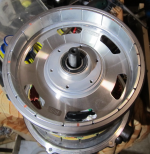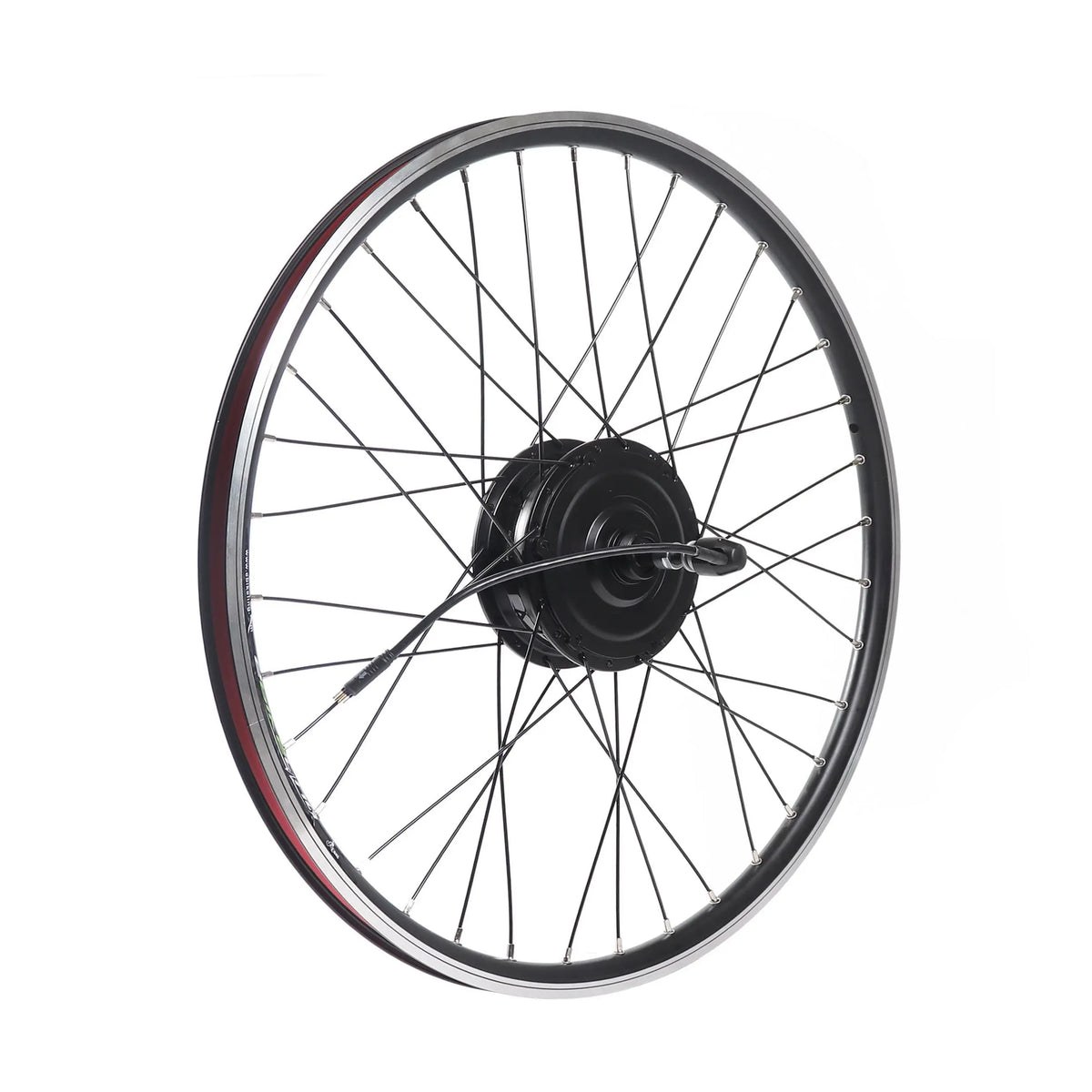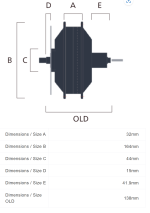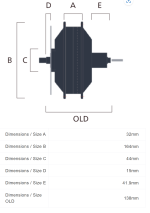Cursor-I-Am
10 mW
- Joined
- Sep 8, 2021
- Messages
- 20
So I got myself a cafe cruiser.
I realized the controller on my cruiser was restricted to 18A by the display and so I upgraded to a KT 25A controller.
Hard to find exact specs of the battery but Aliexpress replacements of it specify 30A continuous, 50A peak and a google of Samsung 21700 cells says "max continuous 35A and 45A peak"
I should be good to see peaks of up to 1400W.
So I plug it up and go for a ride. I am seeing peaks of 1100W. There is a hill next to my driveway and I am going 15mph up it while only pulling 900W. I'm only 155lbs. I should be pulling more to accelerate me up this hill faster. It's too early in my ride for it to be heat related.
To test if it could actually be heat, I bring my bike home, I let it rest for a while and I plant my feet on the floor and pull the throttle for just a sec (not something I want to really do). Sure enough, peaked at 1100w. So it only peaks at 1100w from standstill and then immediately drops to 800-1000W and fluctuates around that even though I'm going slow uphill.
On my other bike which is a DIY, it has a 36v 750W ebikeling motor , a 48V 22A KT controller and some cheap 20A continuous 48v ebay battery that has 3-4v of sag.
That DIY bike would smoke this one and I don't understand why.
This bike has a 48V 750W G040 motor that after speaking to Ride1up they say it's custom ordered from bafang to be high performance and wound for 750W sustained, not peak. The battery is Samsung cells with only 0.2v of sag and fully charged.
I followed the Bolton ebikes guide to setup my KT controller. C5 is maxed out. I don't know why this is happening.
I realized the controller on my cruiser was restricted to 18A by the display and so I upgraded to a KT 25A controller.
Hard to find exact specs of the battery but Aliexpress replacements of it specify 30A continuous, 50A peak and a google of Samsung 21700 cells says "max continuous 35A and 45A peak"
I should be good to see peaks of up to 1400W.
So I plug it up and go for a ride. I am seeing peaks of 1100W. There is a hill next to my driveway and I am going 15mph up it while only pulling 900W. I'm only 155lbs. I should be pulling more to accelerate me up this hill faster. It's too early in my ride for it to be heat related.
To test if it could actually be heat, I bring my bike home, I let it rest for a while and I plant my feet on the floor and pull the throttle for just a sec (not something I want to really do). Sure enough, peaked at 1100w. So it only peaks at 1100w from standstill and then immediately drops to 800-1000W and fluctuates around that even though I'm going slow uphill.
On my other bike which is a DIY, it has a 36v 750W ebikeling motor , a 48V 22A KT controller and some cheap 20A continuous 48v ebay battery that has 3-4v of sag.
That DIY bike would smoke this one and I don't understand why.
This bike has a 48V 750W G040 motor that after speaking to Ride1up they say it's custom ordered from bafang to be high performance and wound for 750W sustained, not peak. The battery is Samsung cells with only 0.2v of sag and fully charged.
I followed the Bolton ebikes guide to setup my KT controller. C5 is maxed out. I don't know why this is happening.







